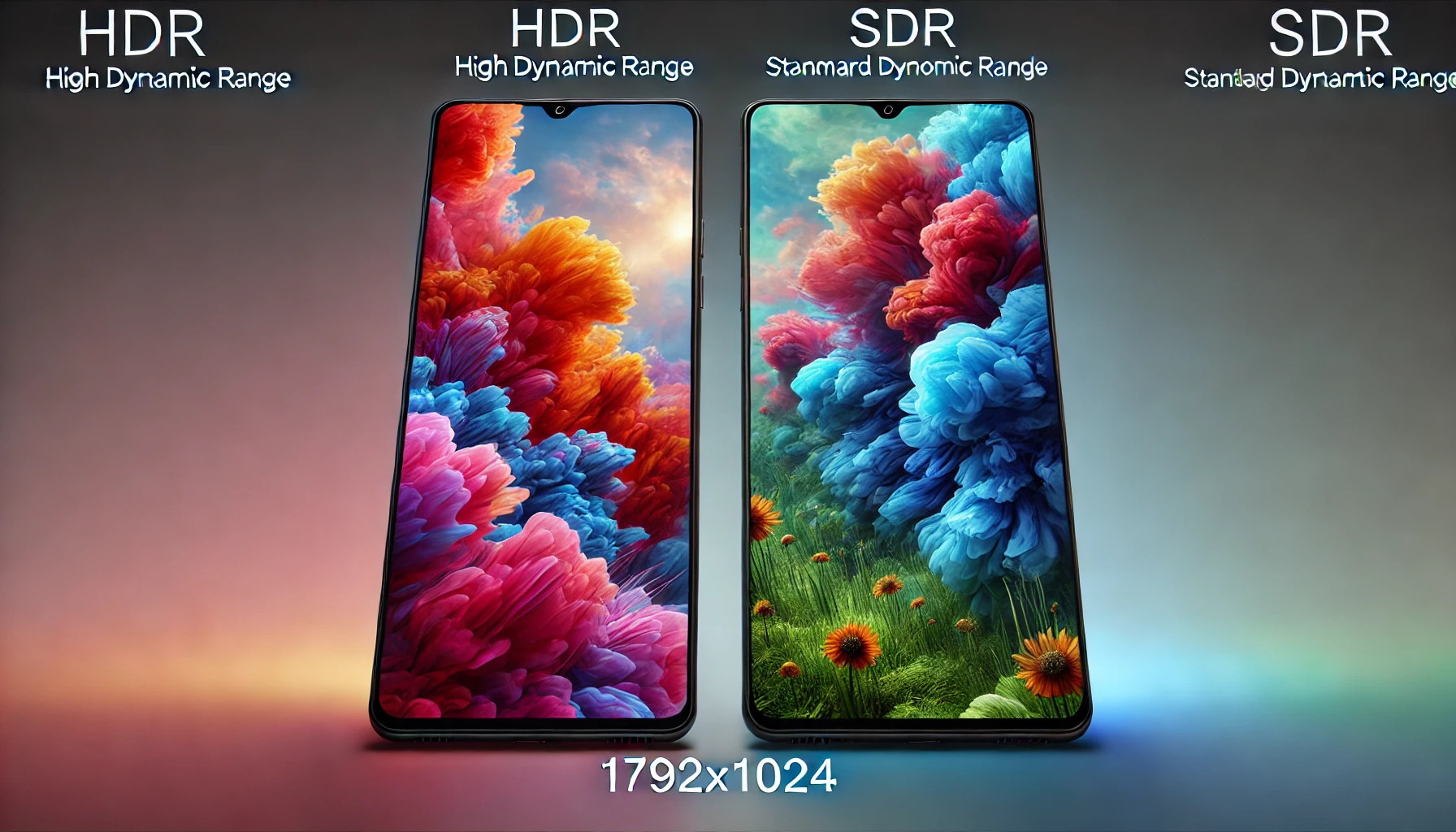In today’s rapidly advancing mobile technology landscape, display quality is one of the critical aspects that can significantly enhance the user experience. As a mobile expert under the textmprep brand, I aim to delve into the intricate details of HDR (High Dynamic Range) and SDR (Standard Dynamic Range), and how these technologies are transforming the way we perceive visuals on mobile devices. This article will provide a thorough comparison, benefits, and real-world applications, helping you make an informed decision about your next mobile device purchase.
Understanding the Basics
Dynamic Range refers to the difference between the darkest and brightest parts of an image. A higher dynamic range means a more significant difference, which translates into more vivid and lifelike images. SDR, the traditional standard, offers a limited range of brightness and color, which can sometimes result in images that look flat or washed out. On the other hand, HDR enhances this range, providing deeper blacks, brighter whites, and a wider gamut of colors, making the visuals pop with vibrancy and detail.
The Evolution from SDR to HDR
SDR has been the norm for decades, offering a decent viewing experience. However, with the advent of HDR, the visual experience has been revolutionized. HDR can display a broader range of colors and contrast, leading to a more realistic and immersive viewing experience. This evolution is particularly significant in mobile devices, where screen size and quality are crucial for activities like gaming, photography, and media consumption.
Critical Differences Between HDR and SDR
- Brightness and Contrast:
- SDR: Limited brightness and contrast levels.
- HDR: Enhanced brightness and deeper contrast, allowing for more details in both bright and dark areas.
- Color Range:
- SDR: Limited color gamut.
- HDR: Wider color spectrum, providing more accurate and vibrant colors.
- Detail and Clarity:
- SDR: Less detail in extreme lighting conditions.
- HDR: More detail in both the highlights and shadows.
Benefits of HDR in Mobile Devices
- Enhanced Visual Experience: HDR provides a more lifelike and immersive viewing experience, making movies, games, and photos more enjoyable.
- Improved Gaming Experience: Games that support HDR offer richer graphics and more dynamic scenes, enhancing gameplay.
- Superior Photography: HDR enhances photos by balancing the exposure and bringing out details in both bright and dark areas.
Real-World Applications
- Photography: Many modern smartphones come with HDR cameras, allowing users to capture stunning photos with great detail and color accuracy.
- Streaming: Streaming services like Netflix and Amazon Prime offer HDR content, providing a superior viewing experience on mobile devices that support HDR.
- Gaming: HDR-enabled games on mobile devices offer a richer, more immersive experience with vibrant colors and enhanced details.
Choosing Between HDR and SDR
When deciding between HDR and SDR, consider the following factors:
- Content Availability: Ensure that your favorite streaming services and games support HDR content.
- Device Compatibility: Check if your mobile device supports HDR. Not all devices have this feature, and it can significantly impact your viewing experience.
- Battery Life: HDR can consume more battery compared to SDR. If battery life is a primary concern, you might want to balance your usage of HDR content.
Why Choose HDR for Your Mobile Device?
Choosing HDR over SDR for your mobile device can significantly enhance your overall visual experience. HDR displays offer brighter whites, deeper blacks, and a broader range of colors, making your screen come alive with vivid and lifelike images. Whether you’re streaming HDR content, playing HDR-enabled games, or capturing photos with an HDR camera, the improved dynamic range and color accuracy can elevate your mobile experience to new heights. Investing in a device with HDR capabilities ensures that you can enjoy the latest in display technology, providing a more immersive and enjoyable viewing experience.
Examples and Tips
To help you better understand the impact of HDR vs. SDR, consider the following examples:
- Photography: When taking photos, HDR mode can help balance the exposure, making sure that neither the sky is too bright nor the shadows are too dark. This results in photos that are more detailed and true to life.
- Streaming: Watching a nature documentary in HDR will reveal the subtle hues of a sunset or the intricate details of a forest, which SDR might miss.
- Gaming: In a game with HDR support, you can notice finer details in dark scenes and enjoy more vibrant explosions and effects.
Conclusion
In conclusion, the battle between HDR and SDR is a testament to how far display technology has come. HDR undoubtedly offers a superior visual experience with enhanced brightness, contrast, and color accuracy. However, the choice between HDR and SDR ultimately depends on your personal preferences and device compatibility. If you prioritize a more vivid and immersive display, HDR is the way to go. Ensure your device supports HDR and that you have access to HDR content to make the most out of this technology.
Understanding the differences and benefits of HDR over SDR can help you make an informed decision and truly appreciate the advancements in mobile display technology. As a mobile expert from textmprep, I hope this comprehensive guide has provided you with the insights needed to choose the best display technology for your needs. Embrace the future of mobile displays with HDR and experience your media like never before.

